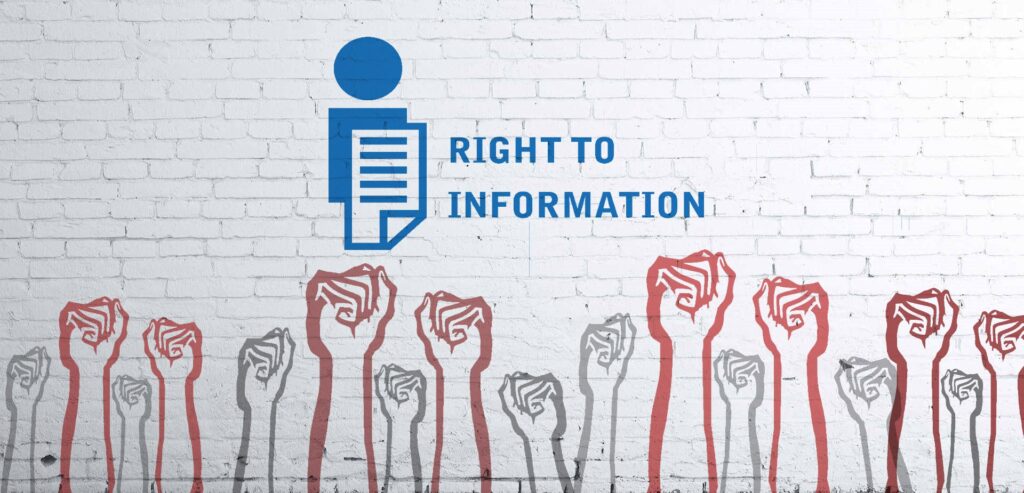for that I will Describe thatwhat is RTI and how does it work…
The Right to Information Act, simply known as RTI, is a revolutionary Act that aims to promote transparency in government institutions in India. The Act came into existence in 2005, after sustained efforts of anti-corruption activists.
It is termed revolutionary because it opens government organisations up for scrutiny. Equipped with knowledge about RTI, a common man can demand any government agency to furnish information. The organisation is bound to provide the information, that too within 30 working days, failing which the officer concerned is mandatory with a monetary fine.

When did RTI begin?
RTI Act has been made by legislation of Parliament of India on 15 June 2005. The Act came into effect on 12 October 2005 and has been implemented ever since to provide information to crores of Indian citizens. All the constitutional authorities come under this Act, making it one of the most powerful laws of the country.

What is mandated by the RTI Act?
The RTI Act mandates that any Indian citizen is free to seek any information from any public or government authority and the authority is under liability to respond to such a request within a period of 30 working days from the date of receiving such an application. However, the information sought must not be related to defense, national security, or personal details.
Before the advent of the RTI act, the disclosure of information in India was restricted by the Official Secrets Act and some other special laws. The RTI Act relaxed many such laws in the country.
The RTI act has also made it mandatory for computerizing the records for the purpose of wide spread relay so that any information sought by the public can be processed quickly aided by the information categorization.

The background of RTI Act
In 1987, a few laborers In Rajasthan were refused their wages on charges of inconsistent performance. Mazdoor Kissan Shakti Sanghatan (MKSS), an activist group fought for these workers and demanded that the government produced the necessary proof to verify the worker’s performance records. After a series of protests, the MKSS got the copies of rolls, which also brought to surface the corruption existed among the officials. Provoked by such discrepancies, the MKSS protested for the RTI. This protest turned into a national event leading to the passing of the Freedom of Information Act 2002 which became the RTI Act 2005. A Pune police station received the first RTI application in the year 2005.






